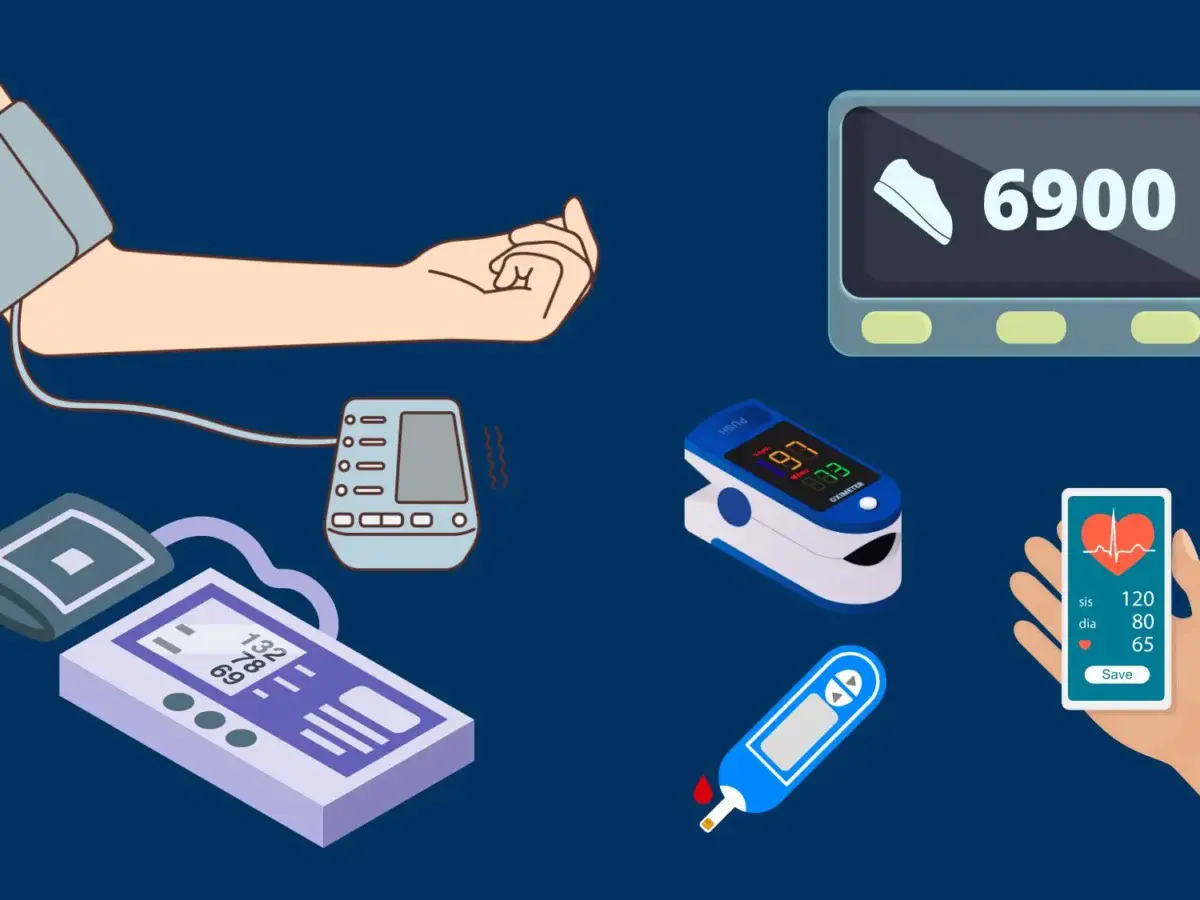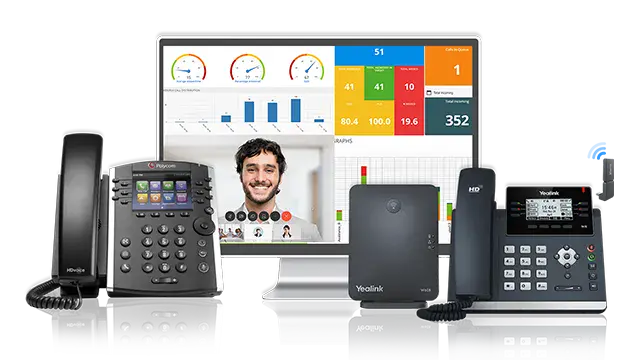What Are Remote Patient Monitoring Devices? A Complete Guide for 2025
In 2025, remote patient monitoring (RPM) devices have become crucial tools in healthcare. These health monitoring devices allow medical professionals to track patients' health metrics without requiring in-person visits. With advancements in technology and the growing demand for efficient healthcare services, RPM devices provide a cost-effective and reliable solution for managing chronic conditions and improving overall patient care. In this guide, we will explore everything you need to know about remote patient monitoring devices, their benefits, types, and how they are revolutionizing healthcare. 🩺🌍
Why Remote Patient Monitoring Devices Are Essential in 2025 🚀
As healthcare shifts towards being more patient-centered, remote patient monitoring (RPM) devices are transforming the delivery of care. These devices allow continuous health tracking outside traditional settings, providing real-time data for improved decision-making. Particularly for chronic conditions like diabetes, hypertension, and heart disease, RPM enhances monitoring, reduces doctor visits, and supports timely interventions. With telemedicine on the rise, RPM is a vital part of modern healthcare. 🏥📱
Benefits of Remote Patient Monitoring Devices 🌟
- Continuous Monitoring 🕒: Allows ongoing tracking of health metrics, leading to early intervention.
- Improved Patient Outcomes 🏆: Real-time data enables better healthcare decisions.
- Cost-Effective Healthcare 💰: Reduces frequent hospital visits, saving money.
- Convenience for Patients 📲: Enables health management from home, improving satisfaction.
- Increased Access 🌍: Makes healthcare accessible, especially in rural areas.
Types of Remote Patient Monitoring Devices in 2025 🔍
| Device Type | Ideal For | Pricing |
|---|---|---|
| Blood Glucose Monitors | Diabetic patients | $50 - $200 |
| Blood Pressure Monitors | Hypertension patients | $30 - $150 |
| Pulse Oximeters | Respiratory patients | $20 - $100 |
| Wearable ECG Monitors | Cardiac patients | $100 - $300 |
How RPM Devices Are Changing Healthcare 👩⚕️
- Enhancing Preventive Care 🌱: Helps detect early signs of health issues.
- Reducing Hospital Readmissions 🏥: Identifies risks before they become critical.
- Empowering Patients 💪: Gives patients control over their health data.
- Enabling Telemedicine 💻: Enhances virtual doctor visits with real-time data.
- Personalized Treatment Plans 📝: Allows for tailored healthcare plans.
How to Choose the Right RPM Device 🤔
- Health Condition 🩺: Pick a device based on your condition (e.g., glucose monitor for diabetes).
- Ease of Use 🖥️: Ensure it’s user-friendly and syncs with your devices.
- Connectivity 📶: Check if it shares data easily with apps or healthcare providers.
- Cost and Insurance Coverage 💳: Confirm device cost and insurance options.
- Privacy and Security 🔒: Ensure compliance with health data regulations.
Conclusion 🌟
RPM devices are revolutionizing healthcare in 2025, offering a convenient and cost-effective way to manage health remotely. Whether for chronic condition management, general monitoring, or telemedicine, these devices are integral to modern patient care. With continuous technological advancements, their role will only grow.




